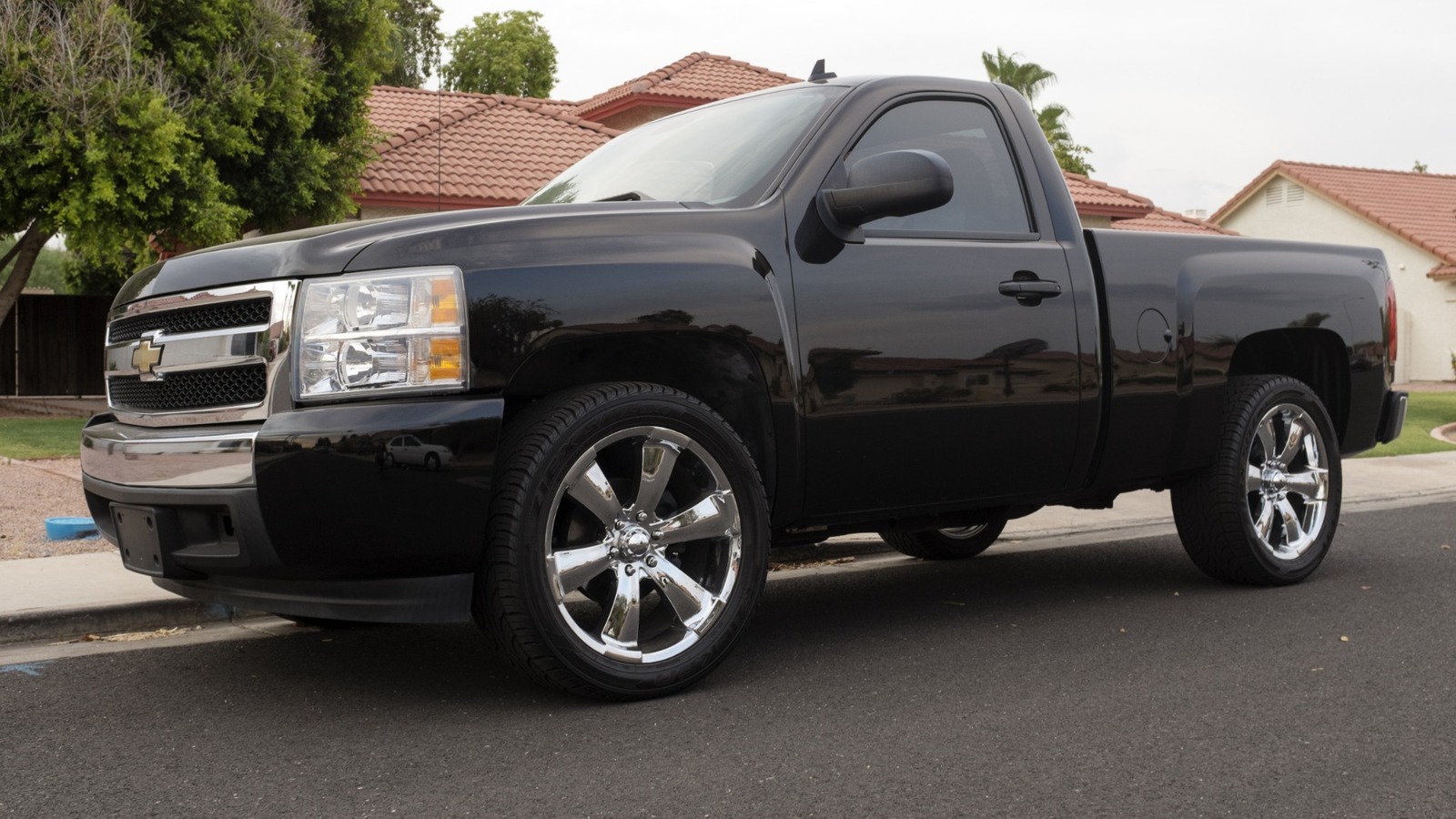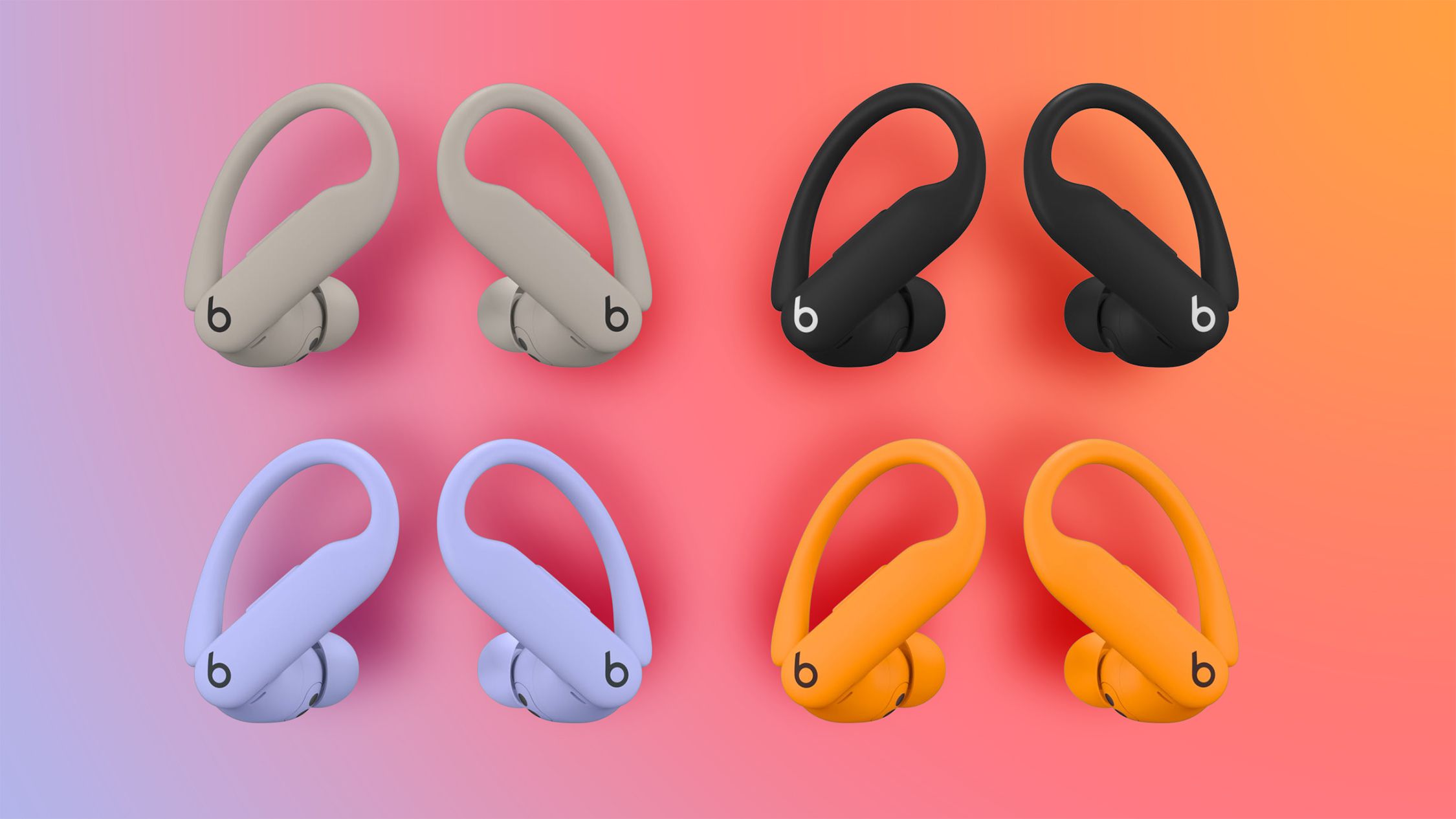Data base handle interview question
Kafka Questions with Answers Q1: What is Kafka, and how does it work? A: Kafka is a distributed event streaming platform used for building real-time data pipelines and applications. It works by producing messages to topics, which are then consumed by subscribers in a publish-subscribe model. Q2: Explain the key components of Kafka. A: Producer: Sends messages to Kafka topics. Broker: Kafka server that stores messages. Consumer: Reads messages from topics. Topic: Logical channel for storing messages. Partition: Splits topics for parallelism and scalability. Zookeeper: Coordinates and manages the Kafka cluster (optional in Kafka newer versions). Q3: What is the role of partitions in Kafka? A: Partitions allow Kafka to scale horizontally. Each partition can be processed independently, enabling parallelism. They also ensure message ordering within a partition. Q4: What is an offset in Kafka? A: Offset is a unique identifier for a message within a partition. It helps consumers keep track of which messages they’ve read. Q5: How do you ensure message ordering in Kafka? A: By writing all messages for a key to the same partition. Kafka guarantees order within a single partition. Q6: What is log compaction? A: Log compaction retains only the most recent value for a key, removing older messages, reducing storage usage, and keeping the topic size manageable. Q7: What happens if a Kafka broker fails? A: If replication is configured, other replicas take over for the failed broker. The leader for affected partitions is reassigned automatically. Redis Questions with Answers Q1: What is Redis, and why is it used? A: Redis is an in-memory data store used for caching, session management, real-time analytics, and pub/sub systems. It’s known for its speed and flexibility.

- Kafka Questions with Answers Q1: What is Kafka, and how does it work? A: Kafka is a distributed event streaming platform used for building real-time data pipelines and applications. It works by producing messages to topics, which are then consumed by subscribers in a publish-subscribe model.
Q2: Explain the key components of Kafka.
A:
Producer: Sends messages to Kafka topics.
Broker: Kafka server that stores messages.
Consumer: Reads messages from topics.
Topic: Logical channel for storing messages.
Partition: Splits topics for parallelism and scalability.
Zookeeper: Coordinates and manages the Kafka cluster (optional in Kafka newer versions).
Q3: What is the role of partitions in Kafka?
A: Partitions allow Kafka to scale horizontally. Each partition can be processed independently, enabling parallelism. They also ensure message ordering within a partition.
Q4: What is an offset in Kafka?
A: Offset is a unique identifier for a message within a partition. It helps consumers keep track of which messages they’ve read.
Q5: How do you ensure message ordering in Kafka?
A: By writing all messages for a key to the same partition. Kafka guarantees order within a single partition.
Q6: What is log compaction?
A: Log compaction retains only the most recent value for a key, removing older messages, reducing storage usage, and keeping the topic size manageable.
Q7: What happens if a Kafka broker fails?
A: If replication is configured, other replicas take over for the failed broker. The leader for affected partitions is reassigned automatically.
- Redis Questions with Answers Q1: What is Redis, and why is it used? A: Redis is an in-memory data store used for caching, session management, real-time analytics, and pub/sub systems. It’s known for its speed and flexibility.





















